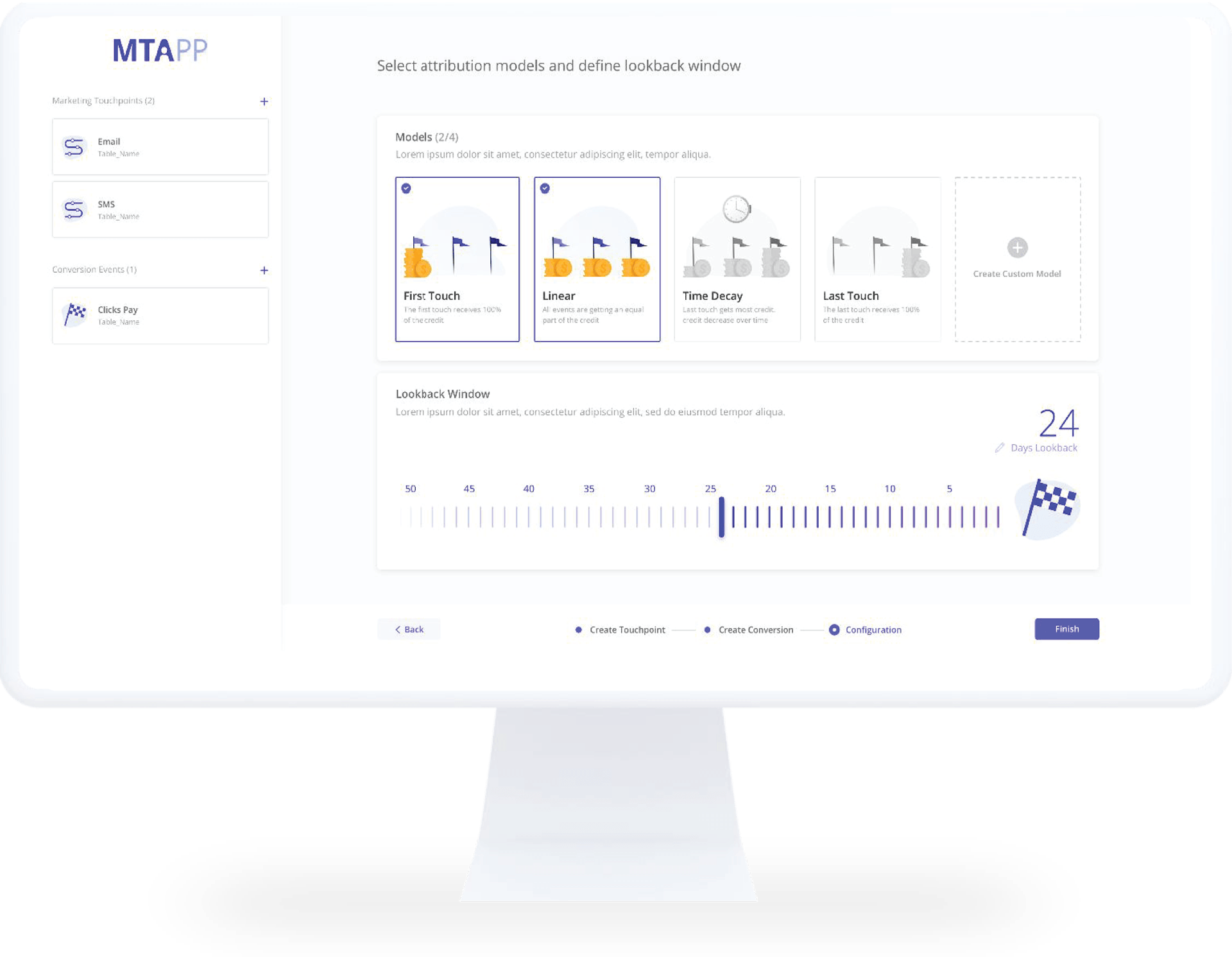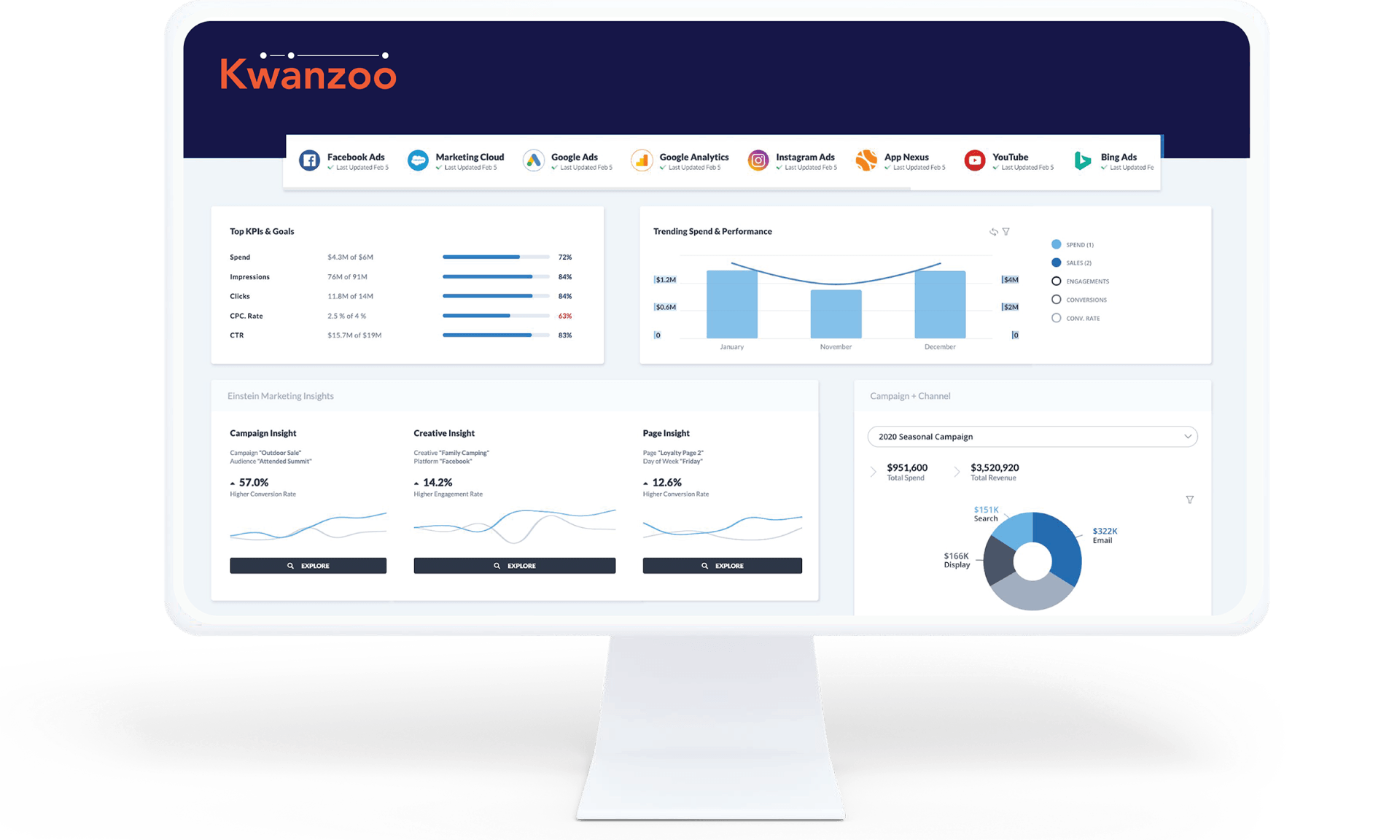Quantify the True Impact of Digital Marketing
Which marketing programs are the most valuable at generating revenue?
Which marketing programs are the most valuable at generating engagement?
Which marketing programs shorten the average time to conversion?
Which marketing programs shorten the average number of events it takes to convert?
Intelligent media investment decisions require reliable cross-channel reporting.
Multi-Touch Attribution app
Kwanzoo's Multi-Touch Attribution app allows you to discover which 1st party marketing touchpoints most efficiently drove your desired outcomes. Marketers often use multiple touchpoints - such as email, SMS, etc. - during a campaign; but it can be difficult to understand which touchpoint effectively led to a conversion or brought in the highest revenue. Measuring effectiveness also depends on the goal of your campaign.
Ingest your 1st party data into the Kwanzoo Data Lake, define touchpoints, conversions, and attribution models, and then with a click of a button, you can see which touchpoint was the most effective and brought in the highest revenue.
Get more from your GTM programs with better attribution
- Full visibility into your attribution analysis
- Choose between traditional attribution models, or custom models built easily with clicks, not code
- More transparency into your raw data and reporting outputs
- Analyze large amounts of 1st party prospect data using Kwanzoo Data Lakes
- Create customizable insights that all your stakeholders can understand
Four OTB models to measure attribution, or build your own!
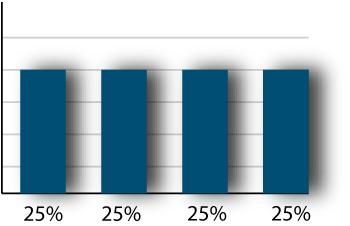
Linear
Linear attribution gives each touchpoint across the buyer journey the same amount of credit toward driving a sale. While this type of attribution considers every touchpoint in the buyer’s journey, it values every touchpoint evenly.
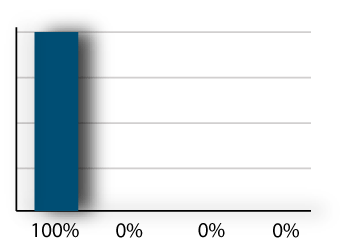
First Touch
The first-touch attribution model gives full sales credit to the first marketing touchpoint interacted with before a conversion. Some marketers will use this to show how their top-of-the-funnel marketing materials generated initial awareness, eventually leading to a sale.
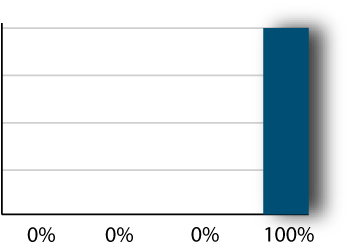
Last Touch
This model gives full sales credit to the last marketing touchpoint interacted with before conversion. Last-touch attribution is often used by marketers that want to focus purely on what drove conversions, rather than focusing on awareness or nurturing.

Time Decay
The time decay model gives more credit to the touchpoints a consumer interacts with closer to the conversion. This model primarily focuses on touchpoints at the bottom of the funnel, although it gives some credit to touchpoints in the top and middle of the funnel as well.
Custom Multi-Touch Attribution Model
These are a few custom models easily created in our flexible and open platform. We allow you to weigh the significance of each touchpoint based on your own rules. This is extremely helpful for marketers who want the best of several worlds. For instance, maybe they love the granularity of the full-path attribution model, but they don’t love how little credit it gives to certain touch-points.
However, keep in mind a custom model can be complex to devise, attribution strategy in the first place. If a custom attribution model sounds like a good fit for your organization, be prepared to experiment with different kinds of models and study their benefits and drawbacks.
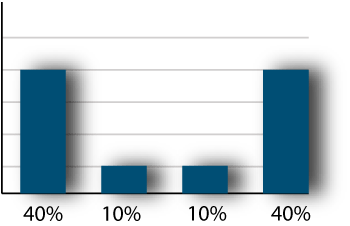
U Shaped
The U-shaped model attributes 40 percent each to the first touchpoint and lead conversion touchpoint. The other 20 percent is divided between the additional touchpoints encountered in between. This gives your team a good understanding of which touchpoints start the customer journey, and which touchpoints led the customer to convert.

W Shaped
The W-shaped model primarily credits the first touch, lead creation, and opportunity creation touchpoints, assigning each with about 30 percent of the credit. The remaining 10 percent is divided among additional engagements.
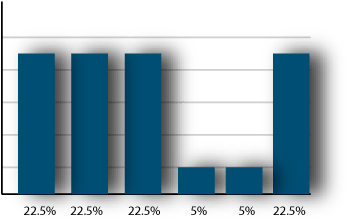
Full Path
Full path is a highly technical and sophisticated model. It follows a similar sequence as the W-shaped model but incorporates an additional touchpoint — the lead creation touchpoint, which describes the moment that your team realized a customer became a qualified lead. Under this model, 22.5 percent of the credit is given to the first touch, lead creation, opportunity creation, and the final customer close touchpoint, with 10% going to any additional touchpoints.


